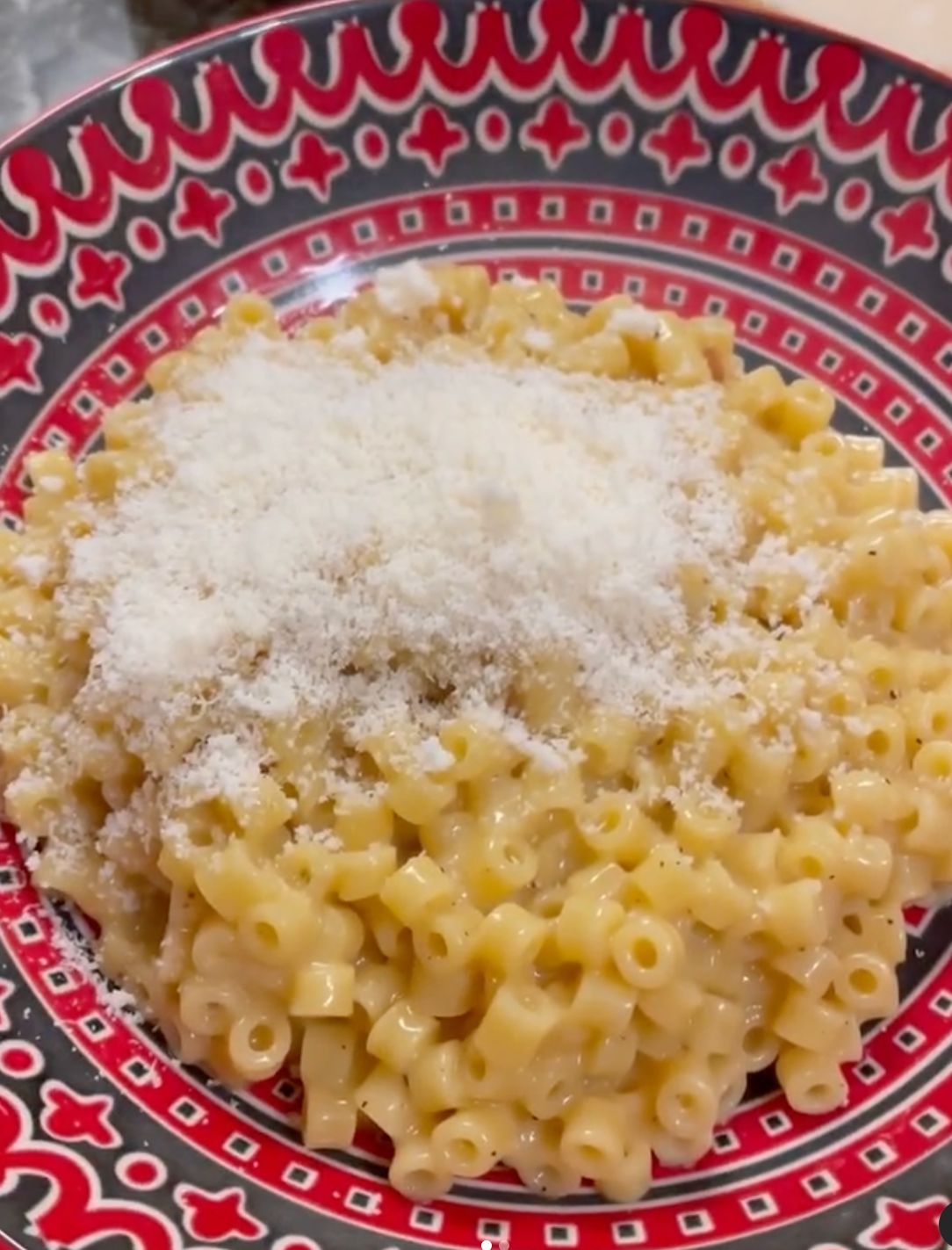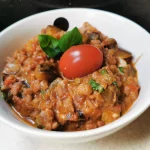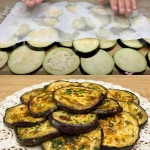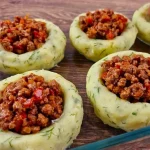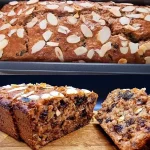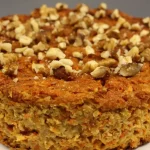A Beloved Pasta Variety
Pastina, a term that refers to a variety of small pasta shapes, is a culinary gem that originates from Italy. This tiny pasta, often the first solid food given to Italian children, holds a significant cultural value. It’s a staple in Italian cuisine and is loved for its versatility and comforting nature. The word “Pastina” itself means “little pasta,” and it’s this small size that makes it a perfect choice for soups, side dishes, and even main courses.
The history of Pastina is intertwined with the history of pasta itself. As one of the oldest forms of pasta, Pastina has been a part of Italian cuisine for centuries. It’s a dish that has been passed down through generations, and each family has its own unique way of preparing it. From the northern regions of Italy to the southern coasts, Pastina is a beloved dish that brings comfort and joy to the dining table.
The beauty of Pastina lies in its simplicity. It’s a dish that doesn’t require fancy ingredients or complex cooking techniques. Yet, it’s a dish that can bring immense comfort and satisfaction. Whether it’s served as a side dish, a main course, or a comforting soup, Pastina is a dish that can bring a smile to anyone’s face.
Pastina is more than just a type of pasta. It’s a symbol of Italian culture and cuisine. It’s a dish that’s been enjoyed by generations of Italians, and it continues to be a favorite among pasta lovers around the world. Whether you’re an experienced cook or a beginner in the kitchen, Pastina is a dish that’s easy to prepare and delicious to eat.
The charm of Pastina lies in its versatility. It can be served in a multitude of ways, each one bringing out a unique flavor and texture. From a simple bowl of Pastina in broth to a more elaborate Pastina salad, there’s no limit to what you can create with this tiny pasta.
Key Components of Pastina: An Italian Staple
The primary ingredients in this small pasta are semolina or wheat flour, water, and occasionally eggs. These ingredients are combined to create a dough, which is then shaped into tiny pasta pieces. However, the ingredients can vary based on different recipes. Some recipes might include additional ingredients like cheese, butter, or vegetables to enhance the flavor. For more variations, you can check out our Ultimate Guide to Pastina Recipes.
The choice of ingredients in Pastina can greatly influence its taste and texture. For instance, using semolina flour can result in a firmer texture, while using wheat flour can make the pasta softer. The addition of eggs can enrich the flavor and give the pasta a golden hue. Other ingredients like cheese and butter can add a creamy texture and a rich taste to the dish.
The beauty of Pastina is that it’s a blank canvas. It’s a dish that can be customized to suit your taste buds. Whether you prefer a simple this small pasta cooked in broth or a more elaborate version with cheese and vegetables, the choice is yours. The possibilities are endless, and that’s what makes Pastina such a versatile dish.
The ingredients used in Pastina not only influence its taste and texture, but also its nutritional value. For instance, using whole wheat flour can increase the fiber content of the pasta, while adding eggs can increase its protein content. By choosing your ingredients wisely, you can create a Pastina dish that’s not only delicious but also nutritious.
The magic of Pastina lies in its simplicity. With just a few basic ingredients, you can create a dish that’s comforting, delicious, and satisfying. Whether you’re cooking for a crowd or just for yourself, Pastina is a dish that’s sure to impress.
Pastina Preparation Methods: Bringing This Dish to Life
The traditional Italian method of preparing this small pasta involves boiling it until it’s soft and then serving it with a simple sauce or broth. This method is beautifully explained in this Impastiamo Classes article. Modern variations of Pastina preparation methods include adding it to soups, salads, and even baking it with cheese. If you’re interested in other pasta dishes, our Lemon Zucchini Pasta recipe might interest you.
The preparation of Pastina is as versatile as its use. It can be boiled in water or broth until it’s soft and then drained, similar to how you would prepare other types of pasta. Alternatively, it can be cooked directly in a soup or stew, where it will absorb the flavors of the other ingredients. Some people prefer to toast the Pastina in a bit of butter before boiling it, which gives it a nutty flavor and a slightly firmer texture.
The key to a delicious Pastina is patience. It’s a dish that needs to be cooked slowly and with care. Whether you’re boiling it in broth or baking it with cheese, make sure to give the his Italian staple the time it needs to cook properly. This will ensure that it’s soft, flavorful, and delicious.
Cooking Pastina is not just about following a recipe. It’s about understanding the ingredients and the cooking process. It’s about adjusting the flavors and textures to suit your taste buds. And most importantly, it’s about enjoying the process of cooking and the satisfaction of creating a delicious dish from scratch.
The joy of cooking Pastina lies in its simplicity. With just a few basic ingredients and a simple cooking process, you can create a dish that’s comforting, delicious, and satisfying. Whether you’re a seasoned cook or a beginner in the kitchen, Pastina is a dish that’s sure to impress.
Nutritional Aspects Worth Noting
Pastina is not only delicious but also nutritious. It’s a good source of carbohydrates, providing energy for your body. Depending on the ingredients used, Pastina can also be a source of protein and fiber. For a more detailed understanding of the nutritional value of Pastina, check out this The Spruce Eats article.
As a pasta, Pastina is primarily made up of carbohydrates, making it a great source of energy. The exact nutritional content can vary depending on the specific type of flour used to make the pasta. For instance, Pastina made with whole wheat flour will be higher in fiber and nutrients than Pastina made with refined flour. If eggs are added to the pasta dough, the Pastina will also contain a good amount of protein.
Despite its small size, his Italian staple is packed with nutrients. It’s a dish that can provide you with the energy you need to get through the day. Plus, it’s a dish that can be easily digested, making it a great choice for children, the elderly, and anyone with a sensitive stomach.
Pastina is not just a source of carbohydrates. Depending on the ingredients used, it can also be a source of protein, fiber, and various vitamins and minerals. For instance, Pastina made with whole wheat flour and eggs can be a good source of dietary fiber and protein. Similarly, Pastina cooked in broth can be a good source of various vitamins and minerals.
The health benefits of Pastina go beyond its nutritional value. It’s a dish that’s easy to digest, making it a great choice for people with sensitive stomachs. Plus, it’s a dish that can be easily customized to suit dietary needs and preferences. Whether you’re on a gluten-free diet or a vegetarian diet, there’s a Pastina recipe that’s perfect for you.
Diving Deeper into Pastina
Recipes That Showcase Its Versatility
There are several popular Pastina recipes that you can try at home:
- Pastina with Egg and Cheese: This recipe combines the comforting flavors of Pastina with the richness of eggs and cheese. It’s a simple dish that’s packed with flavor, making it a favorite among both children and adults.
- Creamy Italian Pastina: This recipe involves cooking Pastina in a creamy sauce, resulting in a rich and satisfying dish. It’s a more indulgent version of Pastina that’s perfect for special occasions or when you’re in the mood for something decadent.
- Nonna’s Classic Pastina Recipe: This is a traditional Italian recipe that has been passed down through generations. It’s a testament to the timeless appeal of Pastina, and it’s a recipe that every pasta lover should try at least once.
Each of these recipes showcases the versatility of this dish. Whether you’re in the mood for a comforting bowl of pasta or a rich and creamy dish, there’s a Pastina recipe that’s perfect for you. And the best part is, these recipes are easy to follow and can be made with simple ingredients.
The joy of cooking Pastina lies in its versatility. With just a few basic ingredients, you can create a multitude of dishes, each one showcasing a unique flavor and texture. Whether you’re a seasoned cook or a beginner in the kitchen, Pastina is a dish that’s sure to impress.
Addressing Common Queries Pastina Cooking Guide
In this section, we will answer some of the most frequently asked questions about Pastina.
- What is Pastina made of? Pastina is made of semolina or wheat flour, water, and sometimes eggs. These ingredients are combined to create a dough, which is then shaped into tiny pasta pieces.
- How is Pastina prepared? Pastina can be prepared in a variety of ways. The traditional Italian method involves boiling it until it’s soft and then serving it with a simple sauce or broth. However, modern variations include adding it to soups, salads, and even baking it with cheese.
- What are some popular Pastina recipes? Some popular Pastina recipes include Pastina with Egg and Cheese, Creamy Italian Pastina, and Nonna’s Classic Pastina Recipe.
These FAQs provide a quick overview of what Pastina is, how it’s prepared, and some popular recipes. They’re a great starting point for anyone who’s new to Pastina and wants to learn more about this delicious pasta.
The world of Pastina is full of possibilities. Whether you’re a seasoned pasta lover or a beginner in the kitchen, there’s always something new to learn and discover about this wonderful pasta. So go ahead, explore the world of Pastina, and let it inspire your culinary adventures.

